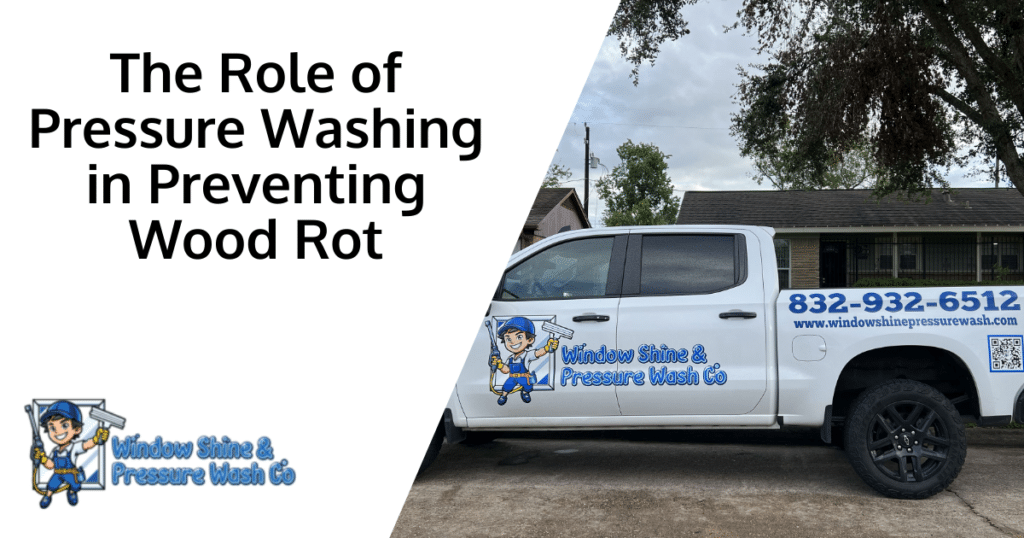Understanding Wood Rot and Its Causes
Wood rot can be an insidious problem. Left unchecked, it can cause severe structural damage to wooden structures, compromising their strength, beauty, and value. Thus, understanding wood rot and its causes is fundamental in preserving the integrity of wood.
What is Wood Rot?
Wood rot is a form of decay triggered by the combination of moisture and fungi. Depending upon the specific conditions and type of fungus, it can manifest as a brown, white, or soft rot, each affecting wood in a different way.
Brown rot, the most common type, makes the wood shrink, darken, and crack in a distinctive ‘cube-like’ pattern; conversely, white rot leads to a whitish or yellowish coloring and makes the wood feel spongy. On the other hand, soft rot happens when certain bacteria eat away at the wood, softening the affected areas.
These forms of rot, over time, undermine the structural integrity of wood, causing it to become weak and brittle, significantly reducing its lifespan and safety. All types of wood rot pose their individual problems; however, some can be more damaging than others. For instance, while soft rot is less aggressive than other types, if left untreated for an extended period, it can cause severe damage.
Common Causes of Wood Rot
At the heart of almost every case of wood rot are moisture and fungi. Fungi, which are forms of simple plants, thrive on the nutrients in wood and need water to manufacture their food. When the wood remains damp for an extended period, it provides a conducive environment for fungi to grow and weaken the wood over time.
Environmental factors such as humidity, poor ventilation, leaking pipes, condensation, and poor design causing water entrapment, contribute to creating these damp conditions conducive for rot. Particularly, warm, humid climates are ideal for the rapid growth of fungi, accelerating the rotting process.
Pressure Washing as a Preventative Measure
How Pressure Washing Prevents Wood Rot
Pressure washing is an effective way to prevent wood rot. It works by removing mildew, mold, and algae that trap moisture against the wood. Over time, these organisms can cause decay as they create a persistently damp condition for fungi to flourish. Pressure washing removes these culprits, thereby inhibiting fungal growth and delaying or preventing rot.
Pressure washing is also effective in maintaining a dry wood surface, which is less prone to rot. However, it’s important to note that pressure washing alone may not entirely prevent rot, especially if the wood is exposed to constant damp conditions or has a pre-existing fungal infestation. Thus, an integrated approach that includes the use of anti-fungal treatments is often best.
Benefits and Drawbacks of Pressure Washing
Pressure washing is an efficient way of cleaning wooden surfaces, removing mold and algae that can cause decay. It can prolong the life of the wood and is generally cost-efficient. However, it’s not without its drawbacks. If done incorrectly, pressure washing can result in wood surface damage, causing splintering and erosion.
Furthermore, pressure washing requires a certain level of expertise. Depending on the type and condition of the wood, different pressure levels and techniques need to be applied. Damage due to incorrect pressure washing often comes in the form of stripped wood, uneven surfaces, and disrupted grain structure.
Pressure Washing Techniques and Tips
Best Practices for Pressure Washing Wood
Choosing the correct pressure setting is critical when pressure washing wood. Soft woods like pine or cedar would require a softer wash as compared to harder woods like oak or maple. Likewise, the correct cleaning agents – ones that are effective but do not damage wood could significantly improve the result.
An often overlooked part of pressure washing is effectively reaching difficult areas. Corners, crevices, and carved details can be challenging and would require different approaches and perhaps even specialized attachments or nozzles.
DIY vs. Professional Pressure Washing
While deciding between DIY or professional pressure washing, one needs to consider the cost, required skills, and the necessary equipment. While DIY might save immediate costs, the results may not be as satisfactory or long-lasting as a professional service. Moreover, poorly done pressure washing can result in significant damage.
Large areas particularly might benefit from a professional service due to the sheer time and effort required. Professionals not only have access to superior equipment but also possess the skill to complete large projects efficiently and quickly, minimizing water exposure to the wood.
Choosing the Right Pressure Washer
Factors to Consider When Choosing a Pressure Washer
Pressure washers come in two primary forms: electric and gas-powered, each with their pros and cons. While electric pressure washers are quieter, lighter, and easier to start, they are less powerful and not suitable for heavy-duty tasks or larger areas.
The power rating or PSI (pounds per square inch) is another important consideration as it determines the cleaning force of your pressure washer. For most residential wood surfaces, a unit with a rating between 1200 and 2200 PSI should suffice.
Lastly, features such as interchangeable nozzles, detergent tanks, and pressure adjustment options can enhance a pressure washer’s functionality and versatility, making your cleaning tasks simpler and more efficient.

